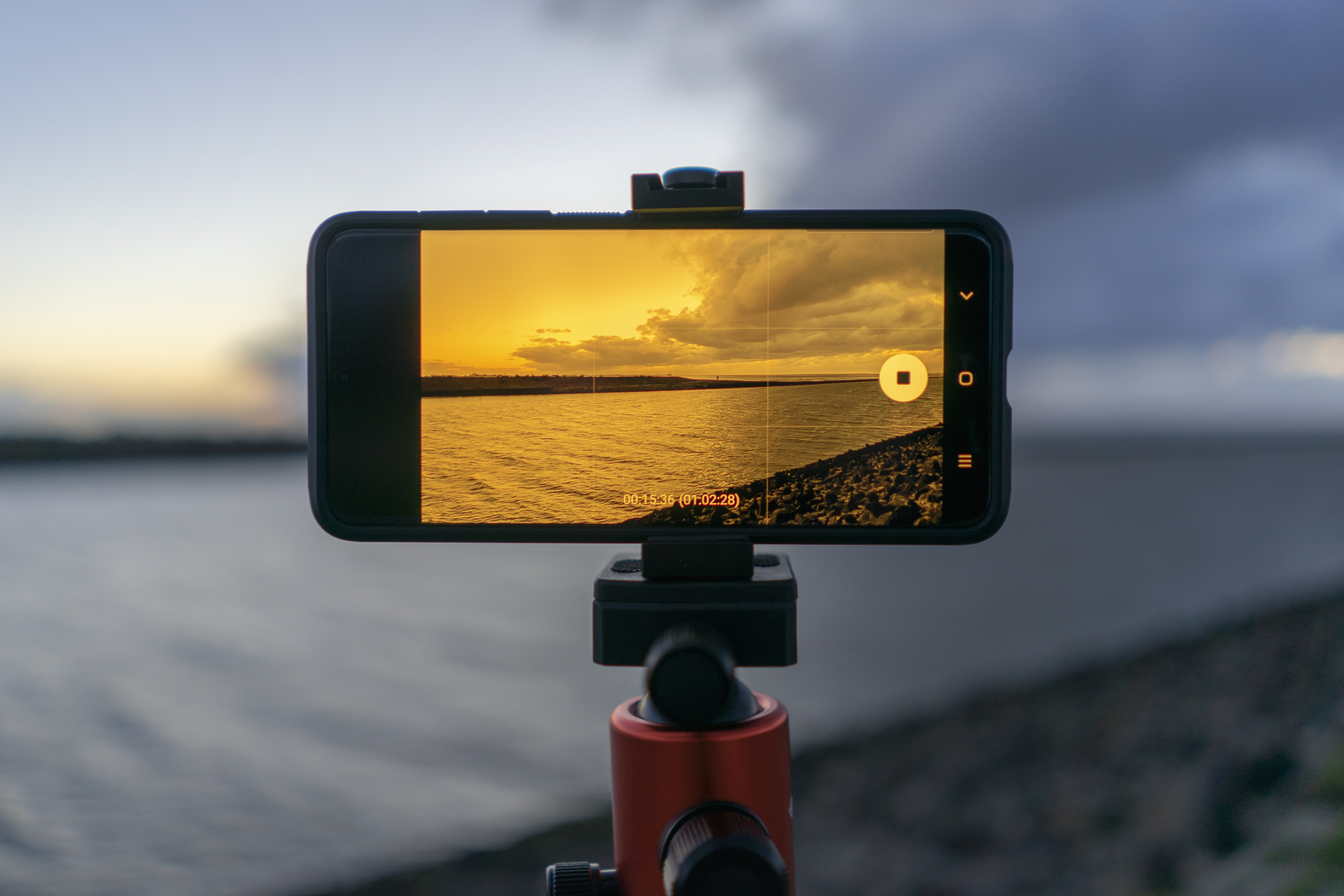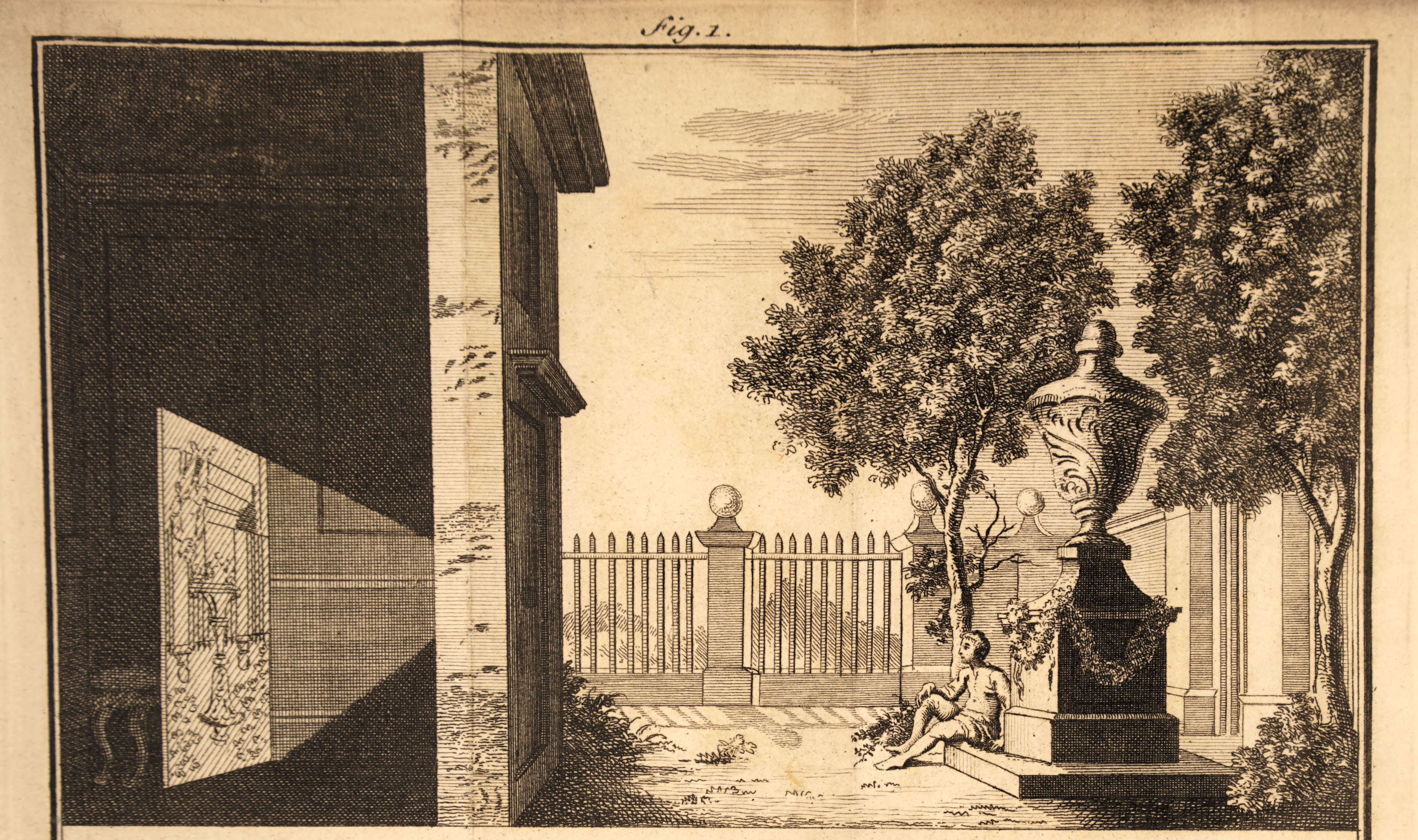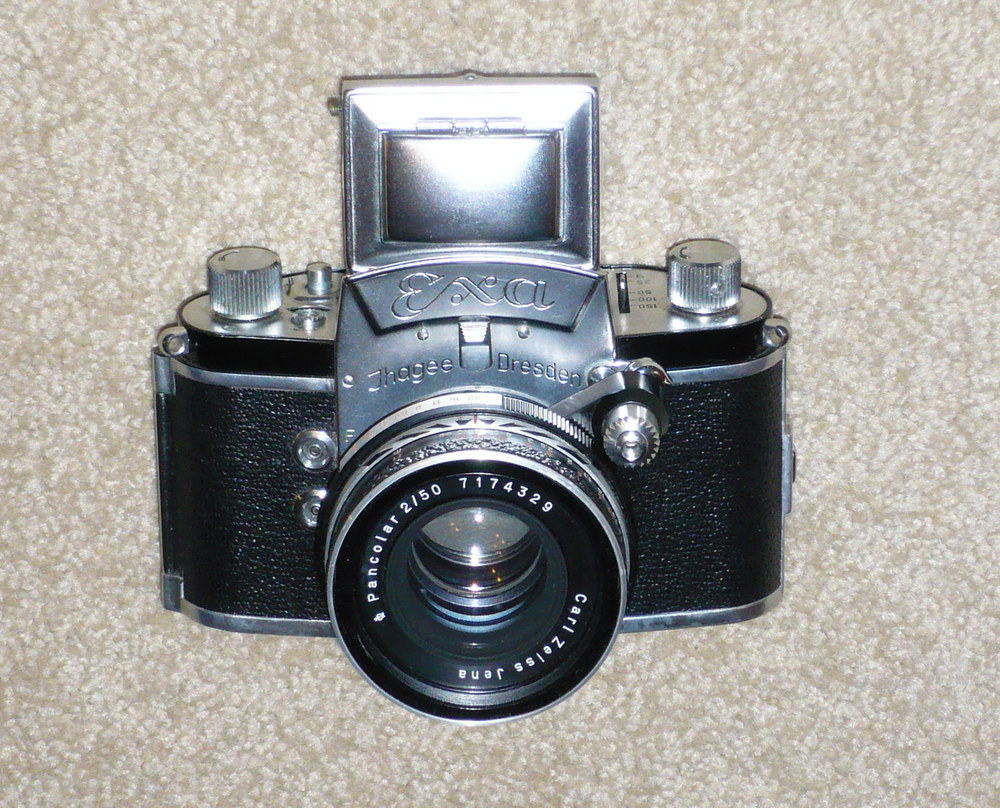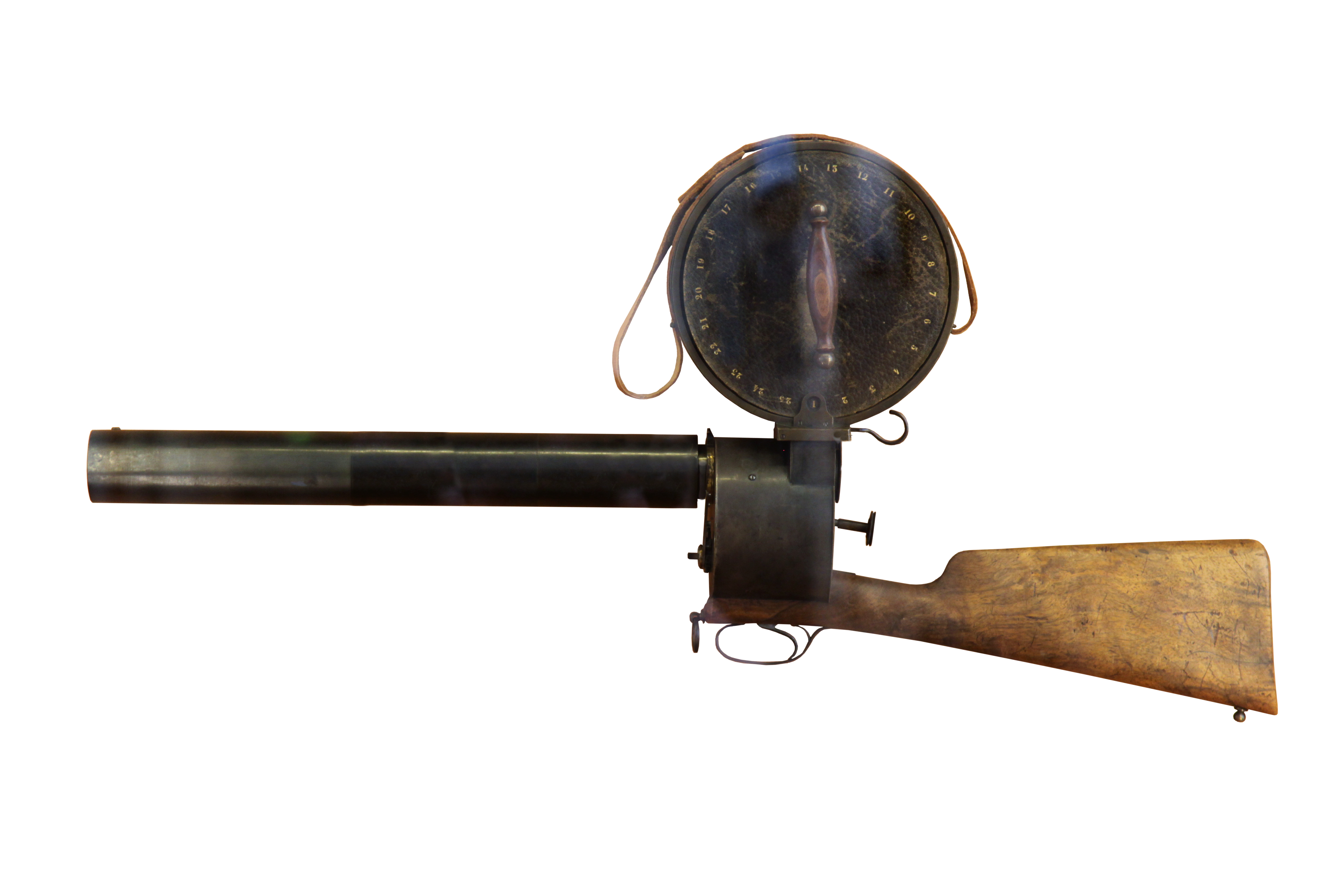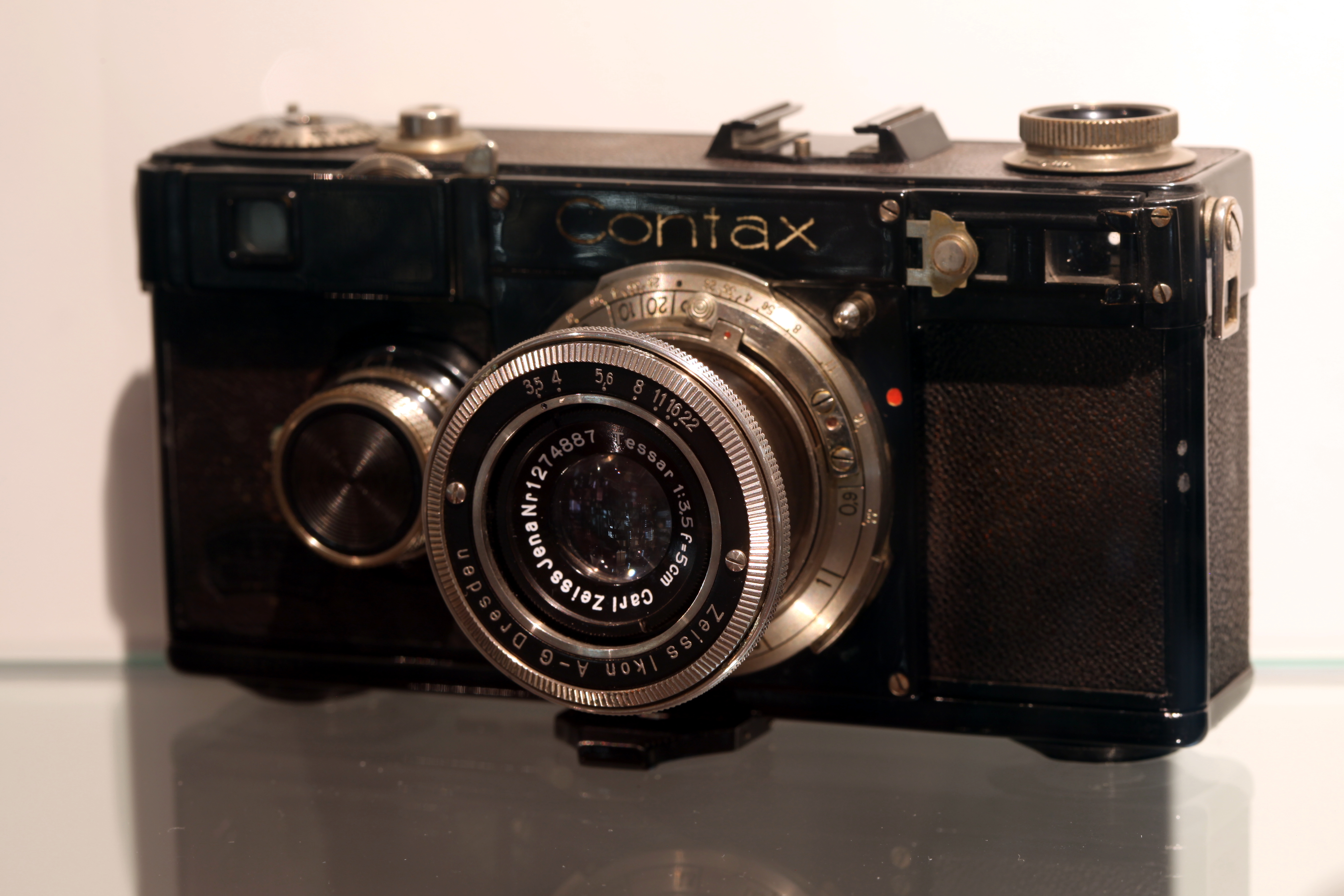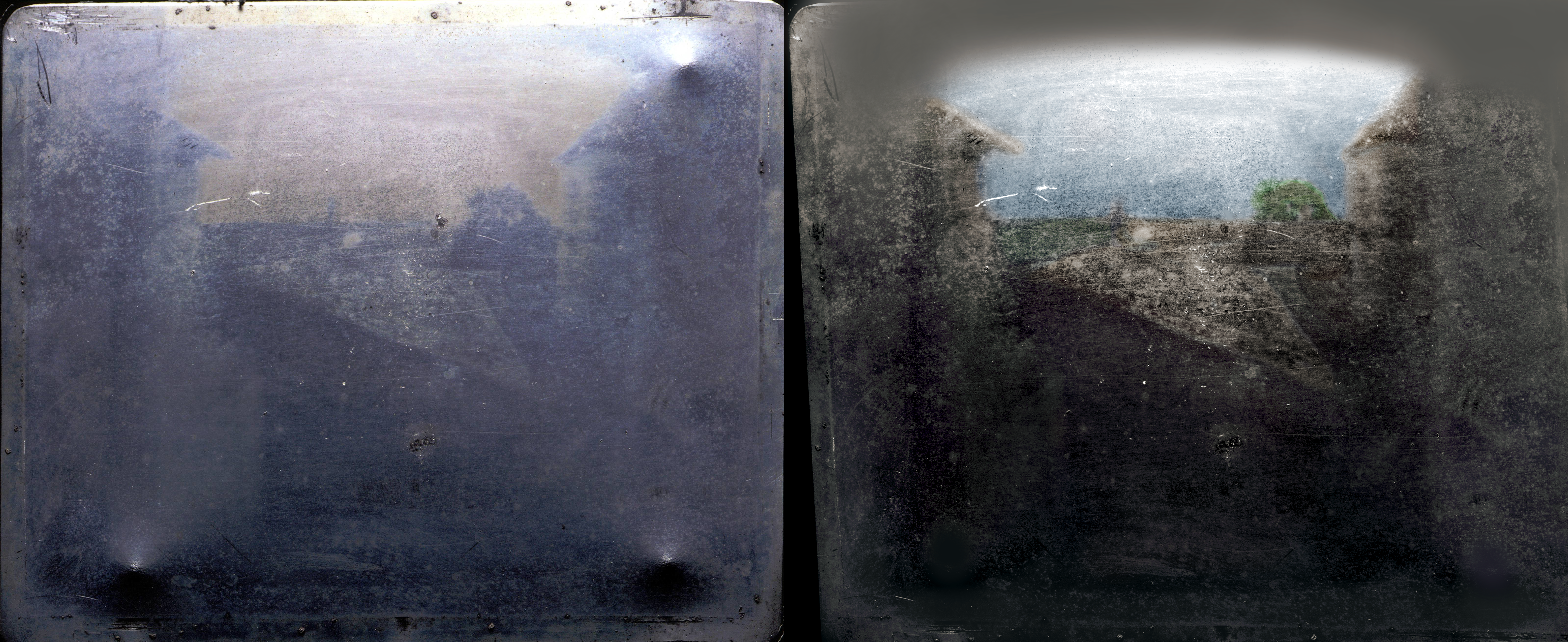|
Camera
A camera is an instrument used to capture and store images and videos, either digitally via an electronic image sensor, or chemically via a light-sensitive material such as photographic film. As a pivotal technology in the fields of photography and videography, cameras have played a significant role in the progression of visual arts, media, entertainment, surveillance, and scientific research. The invention of the camera dates back to the 19th century and has since evolved with advancements in technology, leading to a vast array of types and models in the 21st century. Cameras function through a combination of multiple mechanical components and principles. These include exposure control, which regulates the amount of light reaching the sensor or film; the lens, which focuses the light; the viewfinder, which allows the user to preview the scene; and the film or sensor, which captures the image. Several types of camera exist, each suited to specific uses and offering unique cap ... [...More Info...] [...Related Items...] OR: [Wikipedia] [Google] [Baidu] [Amazon] |
Digital Camera
A digital camera, also called a digicam, is a camera that captures photographs in Digital data storage, digital memory. Most cameras produced today are digital, largely replacing those that capture images on photographic film or film stock. Digital cameras are now widely incorporated into mobile devices like smartphones with the same or more capabilities and features of dedicated cameras. High-end, high-definition dedicated cameras are still commonly used by professionals and those who desire to take higher-quality photographs. Digital and digital movie cameras share an optical system, typically using a Camera lens, lens with a variable Diaphragm (optics), diaphragm to focus light onto an image pickup device. The diaphragm and Shutter (photography), shutter admit a controlled amount of light to the image, just as with film, but the image pickup device is electronic rather than chemical. However, unlike film cameras, digital cameras can display images on a screen immediately afte ... [...More Info...] [...Related Items...] OR: [Wikipedia] [Google] [Baidu] [Amazon] |
Camera Phone
A camera phone is a mobile phone that is able to capture photographs and often record video using one or more built-in digital cameras. It can also send the resulting image wirelessly and conveniently. The first commercial phone with a color camera was the Kyocera Visual Phone VP-210, released in Japan in May 1999. While cameras in mobile phones used to be supplementary, they have been a major selling point of mobile phones since the 2010s. Most camera phones are smaller and simpler than the separate digital cameras. In the smartphone era, the steady sales increase of camera phones caused point-and-shoot camera sales to peak about 2010, and decline thereafter. The concurrent improvement of smartphone camera technology and its other multifunctional benefits have led to it gradually replacing compact point-and-shoot cameras. Most modern smartphones only have a menu choice to start a camera application program and an on-screen button to activate the shutter. Some also have a sep ... [...More Info...] [...Related Items...] OR: [Wikipedia] [Google] [Baidu] [Amazon] |
Hasselblad 500 CM
Victor Hasselblad AB is a Swedish manufacturer of medium format cameras, photographic equipment and image scanners based in Gothenburg, Sweden. The company originally became known for its classic analog medium-format cameras that used a waist-level viewfinder. Perhaps the most famous use of the Hasselblad camera was during the Apollo program missions when the first humans landed on the Moon. Almost all of the still photographs taken during these missions used modified Hasselblad cameras. In 2016, Hasselblad introduced the world's first digital compact mirrorless medium-format camera, the X1D-50c, changing the portability of medium-format photography. Hasselblad produces about 10,000 cameras a year from a small three-storey building. Company history The company was established in 1841 in Gothenburg, Sweden, by Fritz Wiktor Hasselblad, as a trading company, F. W. Hasselblad and Co. The founder's son, Arvid Viktor Hasselblad, was interested in photography and started the phot ... [...More Info...] [...Related Items...] OR: [Wikipedia] [Google] [Baidu] [Amazon] |
Camera Obscura
A camera obscura (; ) is the natural phenomenon in which the rays of light passing through a aperture, small hole into a dark space form an image where they strike a surface, resulting in an inverted (upside down) and reversed (left to right) projector, projection of the view outside. ''Camera obscura'' can also refer to analogous constructions such as a darkened room, box or tent in which an exterior image is projected inside or onto a translucent screen viewed from outside. ''Camera obscuras'' with a lens in the opening have been used since the second half of the 16th century and became popular as aids for drawing and painting. The technology was developed further into the photographic camera in the first half of the 19th century, when ''camera obscura'' boxes were used to exposure (photography), expose photosensitivity, light-sensitive materials to the projected image. The image (or the principle of its projection) of a lensless ''camera obscura'' is also referred to as a " ... [...More Info...] [...Related Items...] OR: [Wikipedia] [Google] [Baidu] [Amazon] |
Medium Format
Medium format has traditionally referred to a film format in photography and the related cameras and equipment that use film. Nowadays, the term applies to film and digital cameras that record images on media larger than the used in 35 mm photography (though not including 127 sizes), but smaller than (which is considered large format photography). In digital photography, medium format refers either to cameras adapted from medium-format film photography uses or to cameras making use of sensors larger than that of a 35 mm film frame. Some of the benefits of using medium-format digital cameras include higher resolution sensors, better low-light capabilities compared to a traditional 35mm DSLR, and a wider dynamic range. Characteristics Medium-format cameras made since the 1950s are generally less automated than smaller cameras made at the same time. For example, autofocus became available in consumer 35 mm cameras in 1977, but did not reach medium format un ... [...More Info...] [...Related Items...] OR: [Wikipedia] [Google] [Baidu] [Amazon] |
Single-lens Reflex Camera
In photography, a single-lens reflex camera (SLR) is a type of camera that uses a mirror and prism system to allow photographers to view through the lens and see exactly what will be captured. SLRs became the dominant design for professional and consumer-level cameras throughout the late 20th century, offering interchangeable lenses, through-the-lens (TTL) metering, and precise framing. Originating in the 1930s and popularized in the 1960s and 70s, SLR technology played a crucial role in the evolution of modern photography. Although digital single-lens reflex (DSLR) cameras succeeded film-based models, the rise of Mirrorless camera, mirrorless cameras in the 2010s has led to a decline in SLR use and production. With twin lens reflex and rangefinder cameras, the viewed image could be significantly different from the final image. When the shutter button is pressed on most SLRs, the mirror flips out of the light path and allows light to pass through to the light receptor and the im ... [...More Info...] [...Related Items...] OR: [Wikipedia] [Google] [Baidu] [Amazon] |
Movie Camera
A movie camera (also known as a film camera and cine-camera) is a type of photographic camera that rapidly takes a sequence of photographs, either onto film stock or an image sensor, in order to produce a moving image to display on a screen. In contrast to the still camera, which captures a single image at a time, the movie camera takes a series of images by way of an intermittent mechanism or by electronic means; each image is a ''frame'' of film or video. The frames are projected through a movie projector or a video projector at a specific frame rate (number of frames per second) to show the moving picture. When projected at a high enough frame rate (24 frames per second or more), the persistence of vision allows the eyes and brain of the viewer to merge the separate frames into a continuous moving picture. History A forerunner to the movie camera was the machine invented by Francis Ronalds at the Kew Observatory in 1845. A photosensitive surface was drawn slowly past the aper ... [...More Info...] [...Related Items...] OR: [Wikipedia] [Google] [Baidu] [Amazon] |
Contax
Contax (stylised as CONTAX in the Yashica/Kyocera era) began as a German camera model in the Zeiss Ikon line in 1932, and later became a brand name. The early cameras were among the finest in the world, typically featuring high quality Carl Zeiss AG, Zeiss interchangeable Photographic lens, lenses. The final products under the Contax name were a line of 135 film, 35 mm, medium format, and digital cameras engineered and manufactured by Japanese multinational Kyocera, and featuring modern Zeiss optics. In 2005, Kyocera announced that it would no longer produce Contax cameras. The rights to the brand are currently part of Carl Zeiss AG, but no Contax cameras are currently in production, and the brand is considered dormant. Historical overview While the firm of Ernst Leitz of Wetzlar established the 24 mm × 36 mm negative format on perforated 35 mm movie film as a viable photographic system, Zeiss Ikon of Dresden decided to produce a competitor designed to b ... [...More Info...] [...Related Items...] OR: [Wikipedia] [Google] [Baidu] [Amazon] |
Daguerreotype
Daguerreotype was the first publicly available photography, photographic process, widely used during the 1840s and 1850s. "Daguerreotype" also refers to an image created through this process. Invented by Louis Daguerre and introduced worldwide in 1839, the daguerreotype was almost completely superseded by 1856 with new, less expensive processes, such as ambrotype (collodion process), that yield more readily viewable images. There has been a revival of the daguerreotype since the late 20th century by a small number of photographers interested in making artistic use of early photographic processes. To make the image, a daguerreotypist polished a sheet of Plating#Silver plating, silver-plated copper to a mirror finish; treated it with fumes that made its surface light-sensitive; exposure (photography), exposed it in a camera obscura, camera for as long as was judged to be necessary, which could be as little as a few seconds for brightly sunlit subjects or much longer with less ... [...More Info...] [...Related Items...] OR: [Wikipedia] [Google] [Baidu] [Amazon] |
Rangefinder Camera
A rangefinder camera is a camera fitted with a rangefinder, typically a split-image rangefinder: a range-finding focusing mechanism allowing the photographer to measure the subject distance and take photographs that are in sharp focus. Most varieties of rangefinder show two images of the same subject, one of which moves when a calibrated wheel is turned; when the two images coincide and fuse into one, the distance can be read off the wheel. Older, non-coupled rangefinder cameras display the focusing distance and require the photographer to transfer the value to the lens focus ring; cameras without built-in rangefinders could have an external rangefinder fitted into the accessory shoe. Earlier cameras of this type had separate viewfinder and rangefinder windows; later the rangefinder was incorporated into the viewfinder. More modern designs have rangefinders coupled to the focusing mechanism so that the lens is focused correctly when the rangefinder images fuse; compare with t ... [...More Info...] [...Related Items...] OR: [Wikipedia] [Google] [Baidu] [Amazon] |
Dry-plate Photography
The history of photography began with the discovery of two critical principles: The first is camera obscura image projection; the second is the discovery that some substances are visibly altered by exposure to light. There are no artifacts or descriptions that indicate any attempt to capture images with light sensitive materials prior to the 18th century. Around 1717, Johann Heinrich Schulze used a light-sensitive slurry to capture images of cut-out letters on a bottle. However, he did not pursue making these results permanent. Around 1800, Thomas Wedgwood (photographer), Thomas Wedgwood made the first reliably documented, although unsuccessful attempt at capturing camera images in permanent form. His experiments did produce detailed photograms, but Wedgwood and his associate Humphry Davy found no way to fix these images. In 1826, Nicéphore Niépce first managed to fix an image that was captured with a camera, but at least eight hours or even several days of exposure in the cam ... [...More Info...] [...Related Items...] OR: [Wikipedia] [Google] [Baidu] [Amazon] |
Large Format
Large format photography refers to any imaging format of or larger. Large format is larger than "medium format", the or size of Hasselblad, Mamiya, Rollei, Kowa, and Pentax cameras (using 120 film, 120- and 220-roll film), and much larger than the frame of 135 film, 35 mm format. The main advantage of a large format, film or digital, is a higher resolution at the same pixel pitch, or the same resolution with larger pixels or grains which allows each pixel to capture more light enabling exceptional low-light capture. A 4×5 inch image (12.903 mm²) has about 15 times the area, and thus 15 times the total resolution, of a 35 mm frame (864 mm²). Large format cameras were some of the earliest photographic devices, and before enlargers were common, it was normal to just make 1:1 contact prints from a 4×5, 5×7, or 8×10-inch negative. Formats The most common large format is , which was the size used by cameras like the Graflex Speed Graphi ... [...More Info...] [...Related Items...] OR: [Wikipedia] [Google] [Baidu] [Amazon] |


